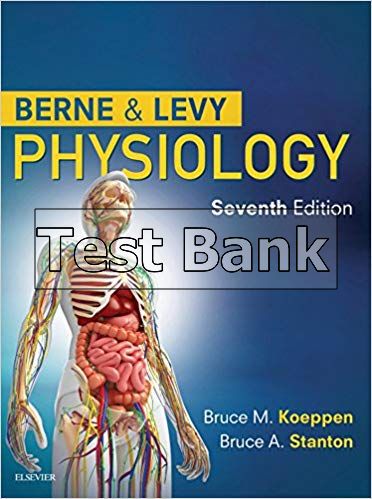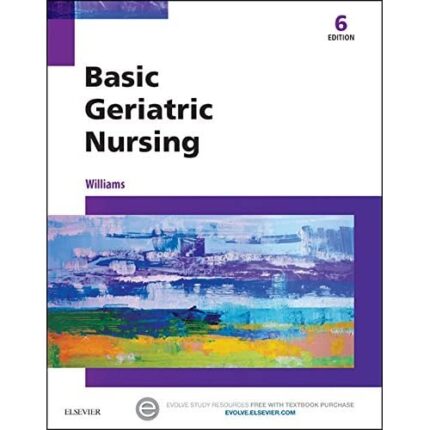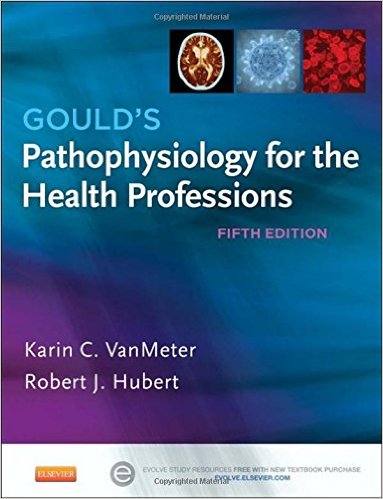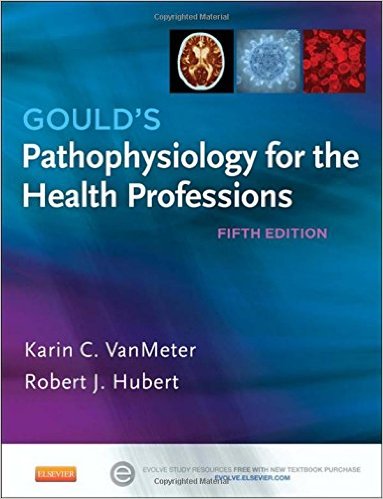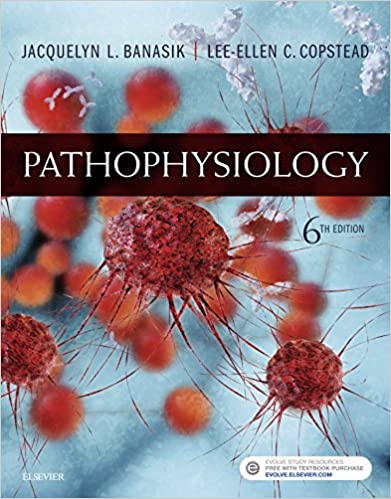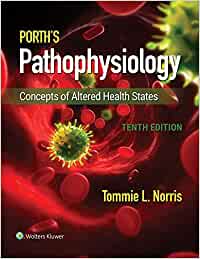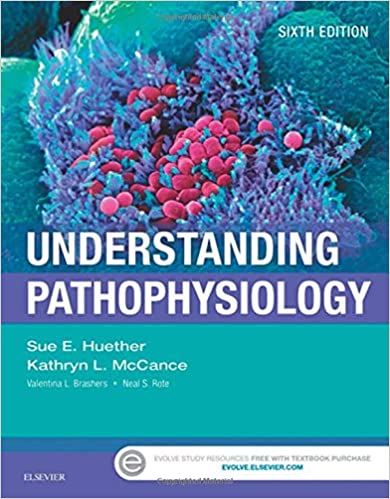Test Bank for Berne and Levy Physiology 7th Edition Koeppen
Do you want to get better at statistics in your business and economics classes? Test Bank for Berne and Levy Physiology 7th Edition Koeppen is here to help! This helpful guide gives you step-by-step answers to all the problems at the end of each chapter in your textbook. It’s a great tool for students who want to do well in their classes.
Key Benefits
- Get It Right Away: Download the solution manual instantly and start using it without waiting for it to arrive in the mail.
- Answers to Everything: Find complete solutions for every problem in the textbook so you can learn the right way to solve them.
- Easy to Understand: The manual has simple explanations that help you understand tricky statistics ideas and use them in your homework.
- Saves Time: With all the answers available, you can finish your homework and assignments more quickly and correctly.
- Study Anywhere: The digital format lets you study wherever you are using your laptop, tablet, or phone.
Chapter 01: Principles of Cell Function
Test Bank
Multiple Choice
1. The subcellular structure that degrades proteins is called the:
A. Tight junction
B. Mitochondria
C. Lysosome
D. Plasma membrane
E. Ribosome
ANS: C
2. An experiment is done to measure the uptake of an amino acid into a cell. The following
data are obtained:
If Na+
is removed from the extracellular bathing solution, or if a drug is added that
prevents the cell from making adenosine triphosphate (ATP), the uptake of amino acid
into the cell is markedly reduced. According to this information, which of the following
mechanisms is probably responsible for the transport of the amino acid into the cell?
A. Passive diffusion through the lipid bilayer
B. Uniporter
C. Transport ATPase
D. Na+
symporter
E. Na+
antiporter
ANS: D
3. A membrane-permeable by only Na+
separates two compartments containing Na2SO4,
shown as follows:
U S N T O
Electrodes are placed in both compartments, and a voltage is applied (that of
compartment A is held at 0 mV). What voltage applied to compartment B would result
in no net movement of Na+
across the membrane separating the compartments?
A. –60 mV
B. –30 mV
C. 0 mV
D. +30 mV
E. +60 mV
ANS: E
4. The resting membrane potentNial oRf aIcellGis –B8.5CmVM. The intracellular and extracellular
concentrations of several ions are indicated in the following table, as is the calculated
Nernst equilibrium potential (Ei) for each of these ions:
Ion Concentration
Inside Cell
Concentration
Outside Cell
Ei
Na+
12 mEq/L 145 mEq/L 66 mV
K+ 150 mEq/L 4 mEq/L –96 mV
Cl–
30 mEq/L 105 mEq/L –33 mV
Ca++ 0.0001 mmol/dL 1 mmol/dL 122 mV
The membrane has channels for Na+
, K+
, Cl–
, and Ca++. The conductance of the
the membrane is the greatest for which ion?
A. Na+
B. K
+
C. Cl–
D. Ca++
ANS: B
5. A cell contains the following membrane transporters:
Na+
channel
K
+
channel
Na+
,K+
-ATPase
The resting membrane voltage of the cell is –80 mV, and the intracellular and
extracellular ion concentrations are as follows:
Ion Intracellular
Concentration
Extracellular
Concentration
Na+
10 mEq/L 145 mEq/L
K+ 120 mEq/L 4 mEq/L
The cell is treated with a drug to inhibit the Na+
,K+
-ATPase. What would be the effect of
this drug on the following parameters?
Intracellular [Na+
] Intracellular [K+
] Cell Volume Membrane Voltage
A. Decrease Decrease Decrease Depolarize
B. Increase Decrease Increase Depolarize
C. Increase Increase Increase No change
D. Decrease Increase Decrease Hyperpolarize
E. Increase Increase Decrease Hyperpolarize
ANS: B
6. Which of the labeled proteins (shaded) is attached to the membrane by a
glycosylphosphatidylinositol (GPI) anchor?
ANS: E
7. A cell has channels for Na+
, K+
, and Cl–
in its plasma membrane. The resting membrane
potential is –60 mV (cell interior negative). The intracellular and extracellular
concentrations for these ions, as well as the calculated Nernst potentials, are listed as
follows:
Ion Intracellular
Concentration
Extracellular
Concentration
Ei
Na+
14 mEq/L 140 mEq/L 60 mV
K+ 150 mEq/L 5 mEq/L –89 mV
Cl–
10 mEq/L 100 mEq/L –60 mV
A drug is applied to the cell that increases the permeability of the cell by Cl–
(i.e., it
opens Cl–
channels). What effect will this drug have on the net movement of Cl–
across
the plasma membrane?
A. Net Cl– movement out of the cell will be increased.
B. Net Cl– movement into the cell will be increased.
C. There will be no change in the net movement of Cl–
.
ANS: C
8. Reducing the extracellular [K+
] would be expected to have which of the following
effects on the resting membrane potential and on the excitability of ventricular
myocytes?
Membrane Potential Excitability
A. Unchanged Unchanged
B. HyperpolarizedNURSINGDTecBre.aCseOdM
C. Hyperpolarized Increased
D. Depolarized Decreased
E. Depolarized Increased
ANS: B
9. A cell is bathed in an isotonic NaCl solution that contains 5 mmol/L of glucose. The
intracellular concentration of glucose is 10 mmol/L. What is the most likely mechanism
for the transport of glucose across the plasma membrane into this cell?
A. Glucose uniporter
B. Na+
-glucose symporter
C. Na+
-glucose antiporter
D. Diffusion of glucose through the lipid bilayer of the membrane
ANS: B
10. A blood sample is taken from an individual whose blood osmolality is 295 mOsm per
a kilogram of water. Red blood cells from this sample are then placed in the following
solutions:
Test Bank 1-5
Solution Osmolality (mOsm/kg H2O) Reflection
Coefficient
( of Solute
1. NaCl 300 1
2. Fructose 300 0.5
3. Urea 300 0
4. CaCl2 100 1
5. KCl 150 1
The red blood cells in which of these solutions will swell to the greatest degree?
A. 1
B. 2
C. 3
D. 4
E. 5
ANS: C
Related Test Bank
Test Bank Pharmacology for Nurses A Pathophysiologic Approach 6th Edition Michael P. Adams

